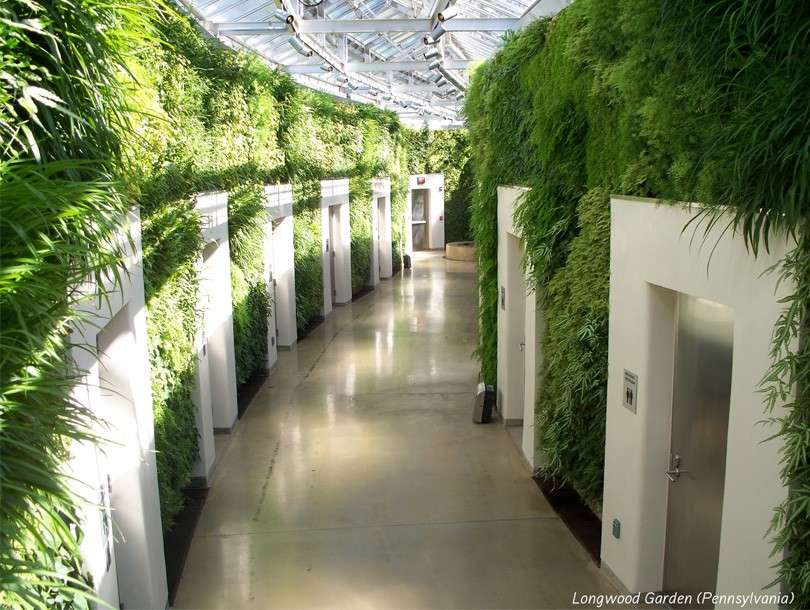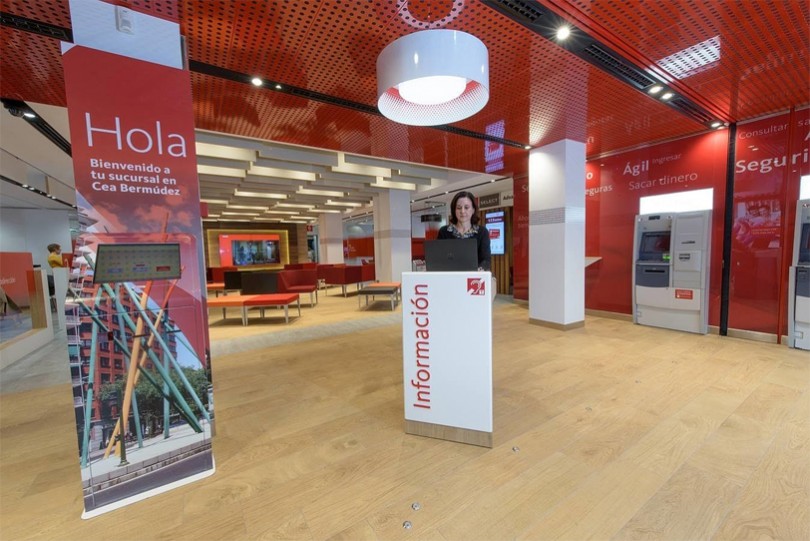NATURE IN THE WORKPLACE

In recent years there has been a growing recognition of the importance of the wellbeing of the workforce in modern workspaces. With an average 37 hours of work per week for full time workers, the levels of stress are constantly rising. This, added to the highly competitive nature of the market have made businesses focus a significant amount of their resources in improving their workplaces to offer an inviting environment for new team members, whilst retaining the existing in-house talent.
One of the current trends is the Biophilic design, that aims to re-establish the connection between humans and nature within the built environment by creating spaces to live, work and learn inspired by nature. This idea of incorporating nature into the office environment is nowadays less seen as a luxury in the modern workplace but rather as a sound economic investment into employees’ health, well-being and performance, but…what are the benefits of introducing nature into our workplaces?
• Reduction of Stress levels – It is well known that when we are surrounded by greenery we feel more comfortable and at ease with our surroundings. Studies show significant reductions of the levels of stress in offices where plants have been introduced.
o Tension/Anxiety – 37% reduction
o Depression/Dejection – 58% reduction
o Anger/Hostility – 44% reduction
o Fatigue – 38% reduction
• Air quality improvement – The introduction of plants can improve the quality of the indoor air by reducing the carbon dioxide levels, increasing the humidity, reducing the levels of certain pollutants as well as airborne dust levels and helps to keep the air temperature down.
• Background noise reductions – Strategically placed plants can reduce the levels of background noise in the workspace by as much as 5 dB.
• Image – Plants not only make a space more attractive but also visually enhance the perception of how colleagues and customers perceive your brand; If that was not enough, they can even help our looks, as it has been found that plants can reduce dry skin by up to 20%.
These improvements not only focus on the wellbeing of the workforce but at the same time contribute to improving performance related activities by increasing their efficiency and productivity by up to 15%, reducing absence and sickness and improving the creativity levels.






